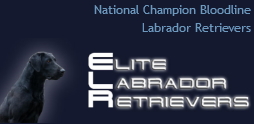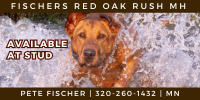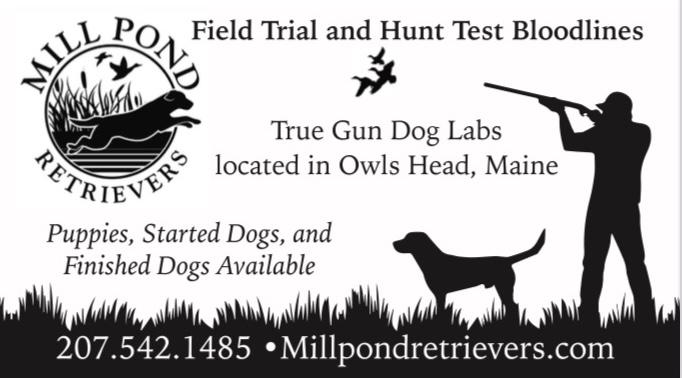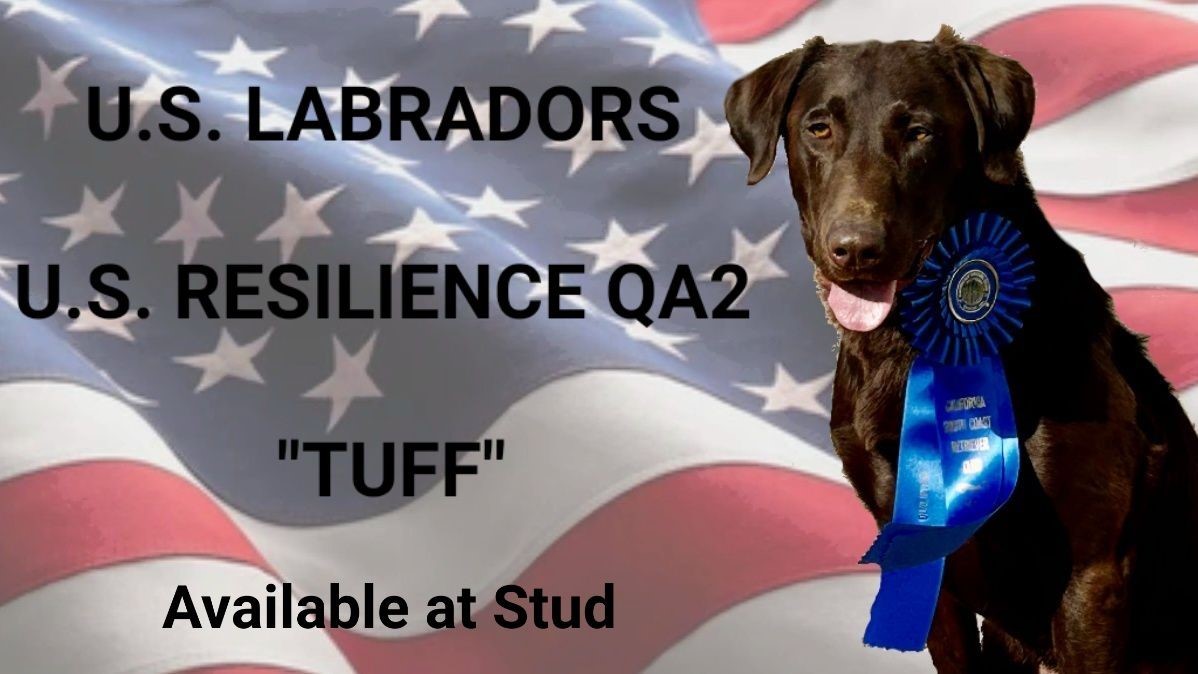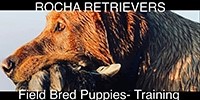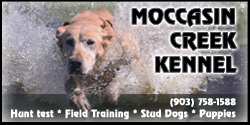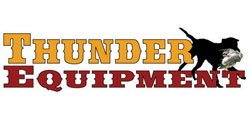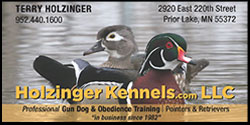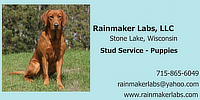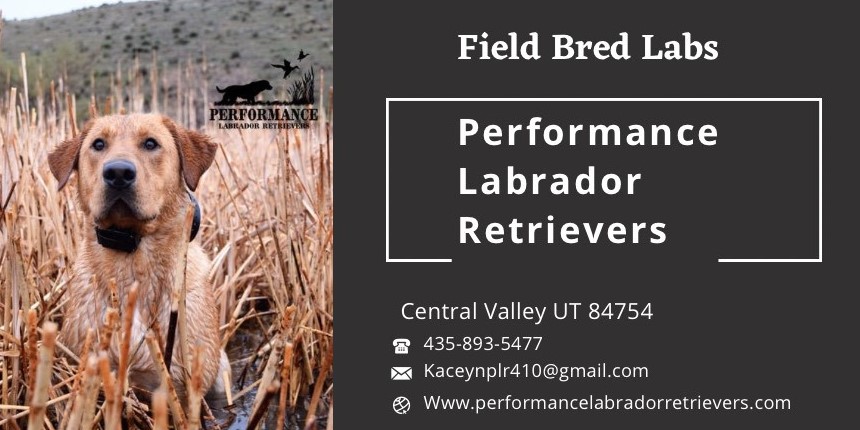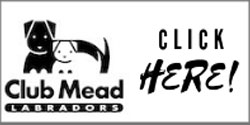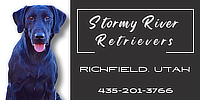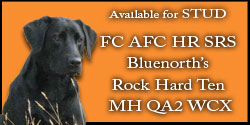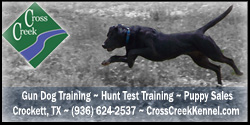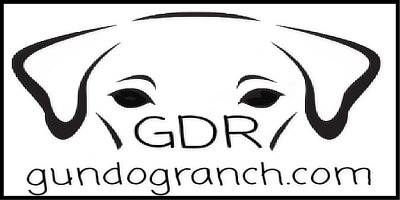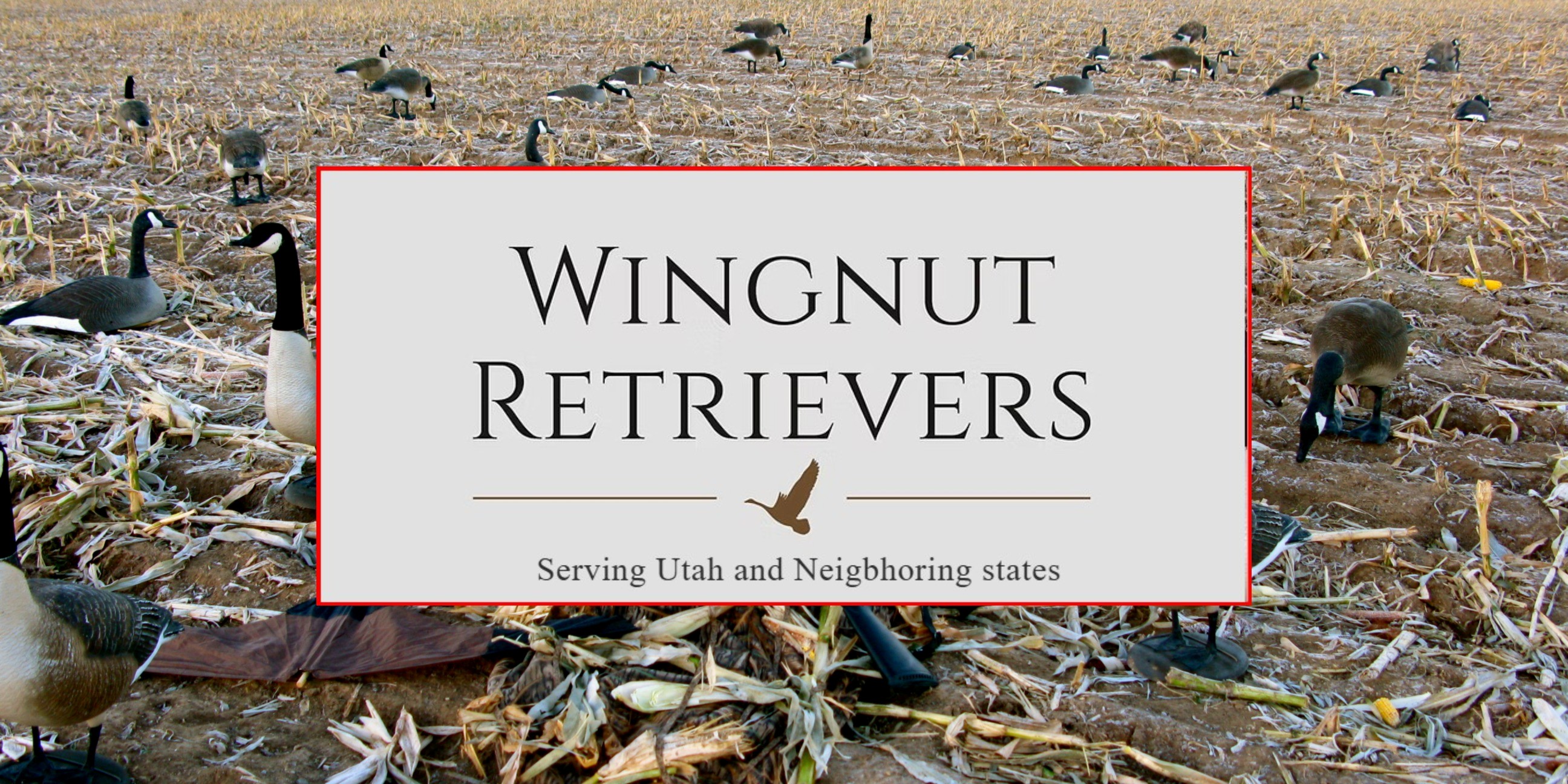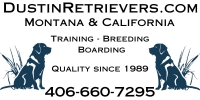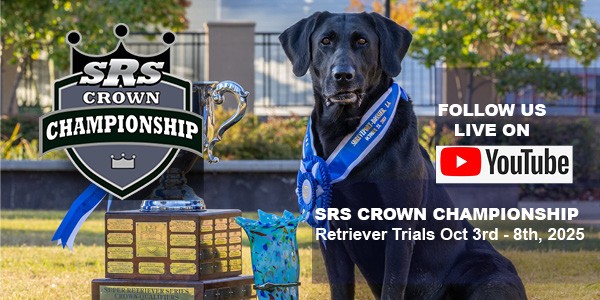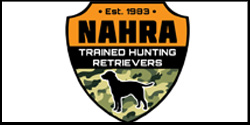| This information is from Cruft's Feb, 1915 Dog Show Catalog.
Sold for ? 500,00 to Mr J Scott
Country of origin: United Kingdom
Country of residence: United Kingdom
Registration: KC SB 708U
CH Horton Max (Flatcoat)
From the very beginning, in the early nineteen hundred, the different Retriever types were looked upon as varieties of one common Retriever breed, although types varied at a time where
there were no dog clubs setting breed standards or shows to confirm. These dogs were bred for a specific purpose, to retrieve at larger shots, constituting a conformation which was not that unlike a modern working retriever. The common and dominating heritage from the Canadian working water dog, called the St Johns dog, the Newfoundland dog or Labrador dog, due to its original birthplaces, made looks quite even although color and coat structure varied a lot. It’s a well-known fact that these dogs were quite freely and openly crossed.
When the Retrievers were taken to the first dog shows they were presented in different classes due to its looks and it’s been said that littermates from the very same litter were sometimes shown under different flags, being flat coated or smooth coated retrievers. When the British Kennel Club (KC) was established in 1873, initiated by the Flatcoat breeder, Mr. Sewallis Shirley, and dog shows became organized in a more formal manner this was still the case. There was one Retriever and the varieties were marked with suffixes like Retriever (wavy coated), Retriever (curly coated), Retriever (flat coated), Retriever (smooth coated), etc. The Flat Coated and Curly Coated varieties were the first ones to be recognized as independent breeds, being followed in 1903 by the Labrador Retriever and in 1911 by the Golden Retriever.
But mixes were still allowed and one of the most well-known cases appeared in 1916 when Horton Max, being a three quarter Flatcoat and one quarter Labrador, won two CC’s in the Labrador ring, being a very typical Labrador according to the current fashion. The Labrador historian Richard Edwards says in an email that his win generated strong reactions among the most influential Labrador breeders and actions were taken to push for firmer rules with good support from the leading Flatcoated and Golden breeders. The Kennel Club responded rapidly setting up a new registry for Interbreds and a rule saying that Interbreds were allowed to compete at trials but not
at dog shows. For inclusion on the pure breed register, the cross needed to be a minimum of three generations back. This option was kept until 1970 when the last interbred retrievers were registered with the KC. I’m sure there were good reasons for this discontinuation but I believe it must have been mainly in the interest of the show breeders. If we knew what we know today about the strong negative consequences of narrowing gene pools I presume the decision might have been a different one.
"Looking at the studbook and the pedigrees of that time the frequency of interbreeding was quite high for a long time even if influences probably shouldn’t be exaggerated. Interbreds mainly had a random impact but in a few well-known cases a major one, primarily for working lines. When Flatcoats and Labradors were mixed, according to some of the articles, the visual Labrador characteristics seemed to dominate and most pups were showed and registered as Labradors. One such example was the famous Labrador CC-winner Horton Max, renowned for being a three quarter Flatcoat and one quarter Labrador. The big gaps in his pedigree indicates however that the portion of Labrador blood behind could have been much larger (huntinglabpedigree.com). It doesn’t sound unlikely as well that the positive image built around the newly launched Labrador made breeders choose the Labrador like interbred pups and to choose the fancy Labrador name instead of the Flatcoated when the choice was given."
http://workingflatcoatedretriever.com/field-trial-results/id/the-past-and-future-of-the.html
|
